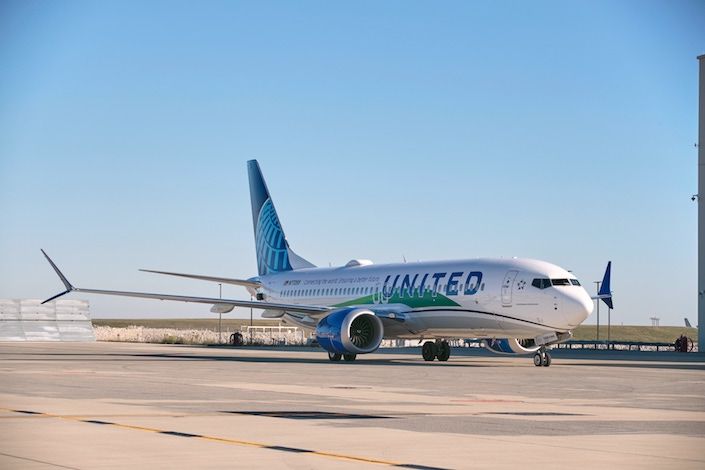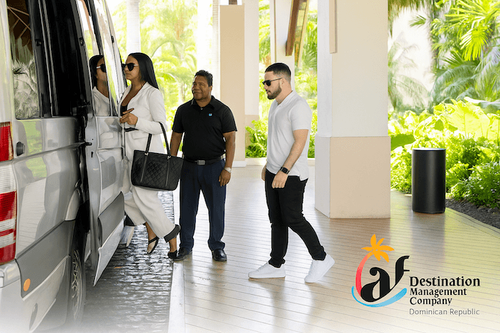Where travel agents earn, learn and save!
News / How airline padding is driving up your travel times
Have you ever noticed your flight arriving earlier than usual?

Have you noticed flights time in the US often have odd arrival or departure times like 17:29 or 08:44? Moreover, when rarely not delayed, domestic flights tend to land early or take off late, with flight time nowhere near the stated time. This is due to a phenomenon known as "padding", where airlines allow themselves extra time on a route to prevent official delays. It also allows airlines to artificially boost their on-time performance, although carriers are nowhere near where they should be.
Speaking to the BBC in 2019, Captain Michael Baiada, president of aviation consultancy ATH Group said "By padding, airlines are gaming the system to fool you".
Baiada refers to figures from the US Department of Transportation’s Air Travel Consumer Report in 2019. 30% of all flights still arrived over 15 minutes late despite padding but that padding has reduced this figure from a previous 40%.
Which airlines are padding the most?
With delays a normal rather than an unusual event, airlines have added time to routes to compensate for common delays. This means you take off late and still arrive on time at your destination.
Padding can increase fuel costs, noise, and CO2. Baiada says airlines should tackle more operational issues which would mean “If airline efficiency goes up, costs go down, benefitting both the environment and fares”.
According to Finance Buzz, based on median flight time, Southwest padded its schedule the most, with nearly 14% added to the scheduled time to account for delays. Alaska Airlines added 11.3% to its flights, United just over 10%, with American and Delta at 9.7% and 9.4%. Hawaiian Airlines has the lowest added time at just 4.7% to its median flight time of 26 minutes.
Passengers struggling
The pandemic saw airlines forced to drastically cut back flights, which meant delays were hardly an issue. However, travel has bounced back with a vengeance, catching airports and airlines unaware, making delays the norm in the industry. Between April 2021 and April 2023, the most recent data available from the Bureau of Transportation, only 81.53% of flights were on time, with nearly 14% caused by airlines due to late aircraft arrival, delays, and cancelations.
It’s not until 15 minutes after a plane is due at a gate that it’s classed as late by the US Department of Transportation. This window before the 15-minute mark can lead to congestion. Air traffic control has to make allowances in case too many planes arrive at the same time. They can then slow approaches meaning a slower arrival at gate for some planes.
Could airlines do more?
Baiada believes that 80% of factors causing lateness including scheduling, arrival flows, aircraft and gate availability, and maintenance and crew factors, are within an airline’s control to improve. Tom Hendricks, a retired airline executive, told the BBC that schedules aim for perfect conditions. Though most days they could do more to become efficient, he says “On any given day you might have weather, air traffic control or company network disruptions and the system must adjust”.
Expert and airline views vary on the cause of delays and how to combat them. Many say airlines can do more. However, much investment is flowing into improvements both by airlines and into air traffic control, which carriers often cite as a major issue. Progress may have been made, but skies are getting busier every day and the number of airlines, airports, and other stakeholders is also increasing. A continued and all-party collaborative approach seems sensible.
Padding might well be happening, but with many factors, including passenger behaviors, delaying flights every day, it is a tough statistic to improve.











